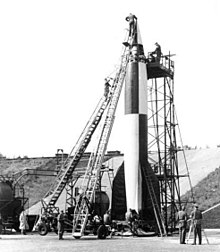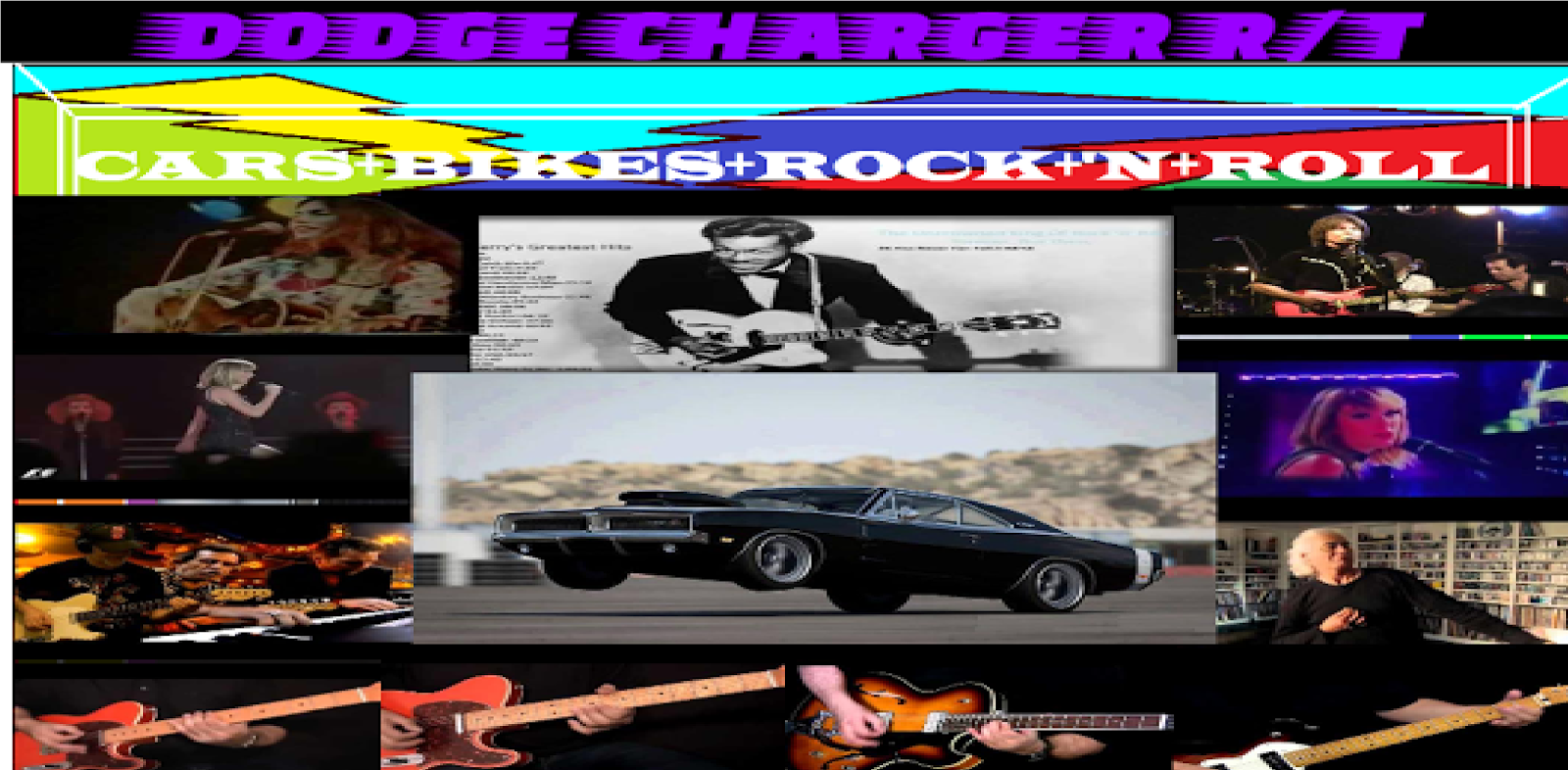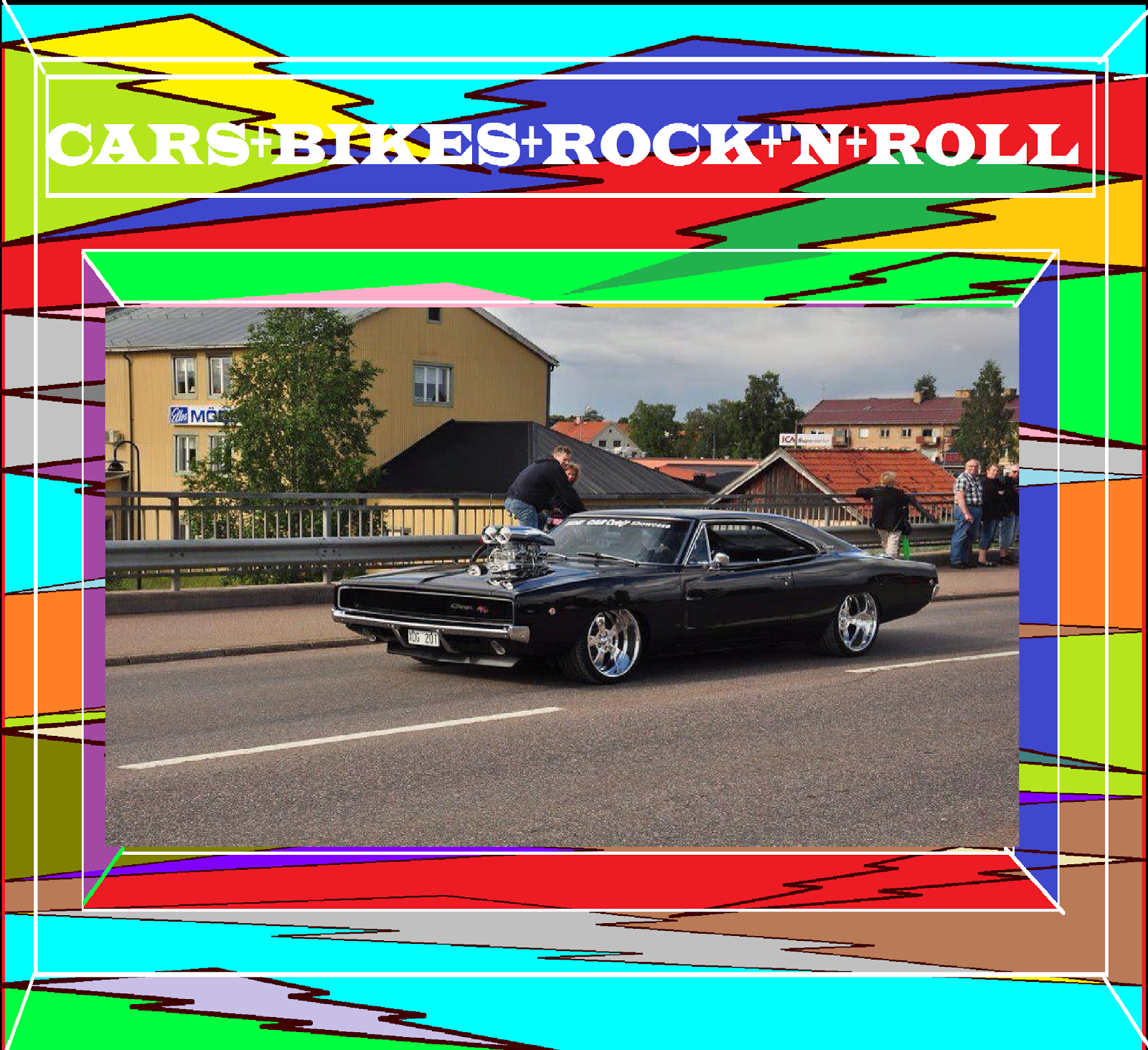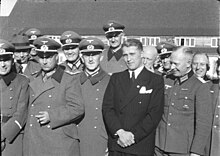V2 ROCKET POWERED WINGS INSPIRED THE WINGED HEMI CHARGERS SINCE 1969.
THE LITTLE OLD LADY FROM PASADENA (CLICK HERE)
The Little Old Lady From Pasedena
(Go granny, go granny, go granny, go)
Has a pretty little flowerbed of white gardenias
(Go granny, go granny, go granny, go)
But parked in a rickety old garage
There's a brand new shiny red super stock Dodge
The little old lady from Pasadena
She drives real fast and she drives real hard
She's the terror of Colorado boulevard
It's the little old lady from Pasadena
(Go granny, go granny, go granny, go)
You might drive a go-er, but you'll never lose her
(Go granny, go granny, go granny, go)
Well, she's gonna get a ticket now, sooner or later
'Cause she can't keep her foot off the accelerator
The Little Old Lady From Pasadena
She drives real fast and she drives real hard
She's the terror of Colorado Boulevard
It's the little old lady from Pasadena
(Go granny, go granny, go granny, go)
With her four speed stick and a four-two-six now
(Go granny, go granny, go granny, go)
The guys come to race her from miles around
But she'll give 'em a length, then she'll shut 'em down
The little old lady from Pasadena
She drives real fast and she drives real hard
She's the terror of Colorado boulevard
It's the little old lady from Pasadena
Go granny, go granny, go granny, go (come on granny, go)
Go granny, go granny, go granny, go (come on granny, go)
Go granny, go granny, go granny, go (come on granny, go)
Go granny, go granny, go granny, go (come on granny, go)
Go granny, go granny, go granny, go (come on granny, go)
Go granny, go granny, go granny, go (come on granny, go)
Go granny, go granny, go granny, go (come on granny, go)
Go granny, go granny, go granny, go (come on granny, go)
Go granny, go granny, go granny, go (come on granny, go)
Development history[edit]
In the late 1920s, a young Wernher von Braun bought a copy of Hermann Oberth's book, Die Rakete zu den Planetenräumen (The Rocket into Interplanetary Spaces). The world's first large-scale experimental rocket program was Opel-RAK under the leadership of Fritz von Opel and Max Valier, a collaborator of Oberth, during the late 1920s leading to the first manned rocket cars and rocket planes,[8][9] which paved the way for the Nazi era V2 program and US and Soviet activities from 1950 onwards. The Opel RAK program and the spectacular public demonstrations of ground and air vehicles drew large crowds, as well as caused global public excitement as so-called "Rocket Rumble" and had a large long-lasting impact on later spaceflight pioneers, in particular on Wernher von Braun.[10] The Great Depression ended these activities. Von Opel left Germany in 1930 and emigrated later to France and Switzerland.
Starting in 1930, von Braun attended the Technical University of Berlin, where he assisted Oberth in liquid-fueled rocket motor tests. Von Braun was working on his doctorate when the Nazi Party gained power in Germany. An artillery captain, Walter Dornberger, arranged an Ordnance Department research grant for von Braun, who from then on worked next to Dornberger's existing solid-fuel rocket test site at Kummersdorf. Von Braun's thesis, Construction, Theoretical, and Experimental Solution to the Problem of the Liquid Propellant Rocket (dated 16 April 1934), was kept classified by the German Army and was not published until 1960.[11] By the end of 1934, his group had successfully launched two rockets that reached heights of 2.2 and 3.5 km (1.4 and 2.2 mi).
At the time, Germany was highly interested in American physicist Robert H. Goddard's research. Before 1939, German engineers and scientists occasionally contacted Goddard directly with technical questions. Von Braun used Goddard's plans from various journals and incorporated them into the building of the Aggregate (A) series of rockets, named for the German word for mechanism or mechanical system.[12]
Following successes at Kummersdorf with the first two Aggregate series rockets, Braun and Walter Riedel began thinking of a much larger rocket in the summer of 1936,[13] based on a projected 25,000 kg (55,000 lb) thrust engine. In addition, Dornberger specified the military requirements needed to include a 1-ton payload, a range of 172 miles with a dispersion of 2 or 3 miles, and transportable using road vehicles.[14]: 50–51
After the A-4 project was postponed due to unfavorable aerodynamic stability testing of the A-3 in July 1936,[15][16] Braun specified the A-4 performance in 1937,[17] and, after an "extensive" series of test firings of the A-5 scale test model,[18] using a motor redesigned from the troublesome A-3 by Walter Thiel,[18] A-4 design and construction was ordered c. 1938–39.[19] During 28–30 September 1939, Der Tag der Weisheit (English: The Day of Wisdom) conference met at Peenemünde to initiate the funding of university research to solve rocket problems.[13]: 40

By late 1941, the Army Research Center at Peenemünde possessed the technologies essential to the success of the A-4. The four key technologies for the A-4 were large liquid-fuel rocket engines, supersonic aerodynamics, gyroscopic guidance and rudders in jet control.[3] At the time, Adolf Hitler was not particularly impressed by the V-2; he opined that it was merely an artillery shell with a longer range and much higher cost.[20]
In early September 1943, Braun promised the Long-Range Bombardment Commission[3]: 224 that the A-4 development was "practically complete/concluded",[16]: 135 but even by the middle of 1944, a complete A-4 parts list was still unavailable.[3]: 224 Hitler was sufficiently impressed by the enthusiasm of its developers, and needed a "wonder weapon" to maintain German morale,[20] so he authorized its deployment in large numbers.[21]
The V-2s were constructed at the Mittelwerk site by prisoners from Mittelbau-Dora, a concentration camp where 12,000–20,000 prisoners died during the war.[22][23][page needed][24]
In 1943 the Austrian resistance group around Heinrich Maier managed to send exact drawings of the V-2 rocket to the American Office of Strategic Services. Location sketches of V-rocket manufacturing facilities, such as those in Peenemünde, were also sent to the Allied general staff in order to enable Allied bombers to carry out airstrikes. This information was particularly important for Operation Crossbow and Operation Hydra, both preliminary missions for Operation Overlord. The group was gradually captured by the Gestapo and most of the members were executed.[25][26][27][28][29]












































